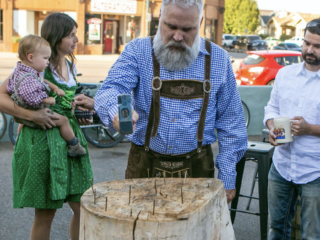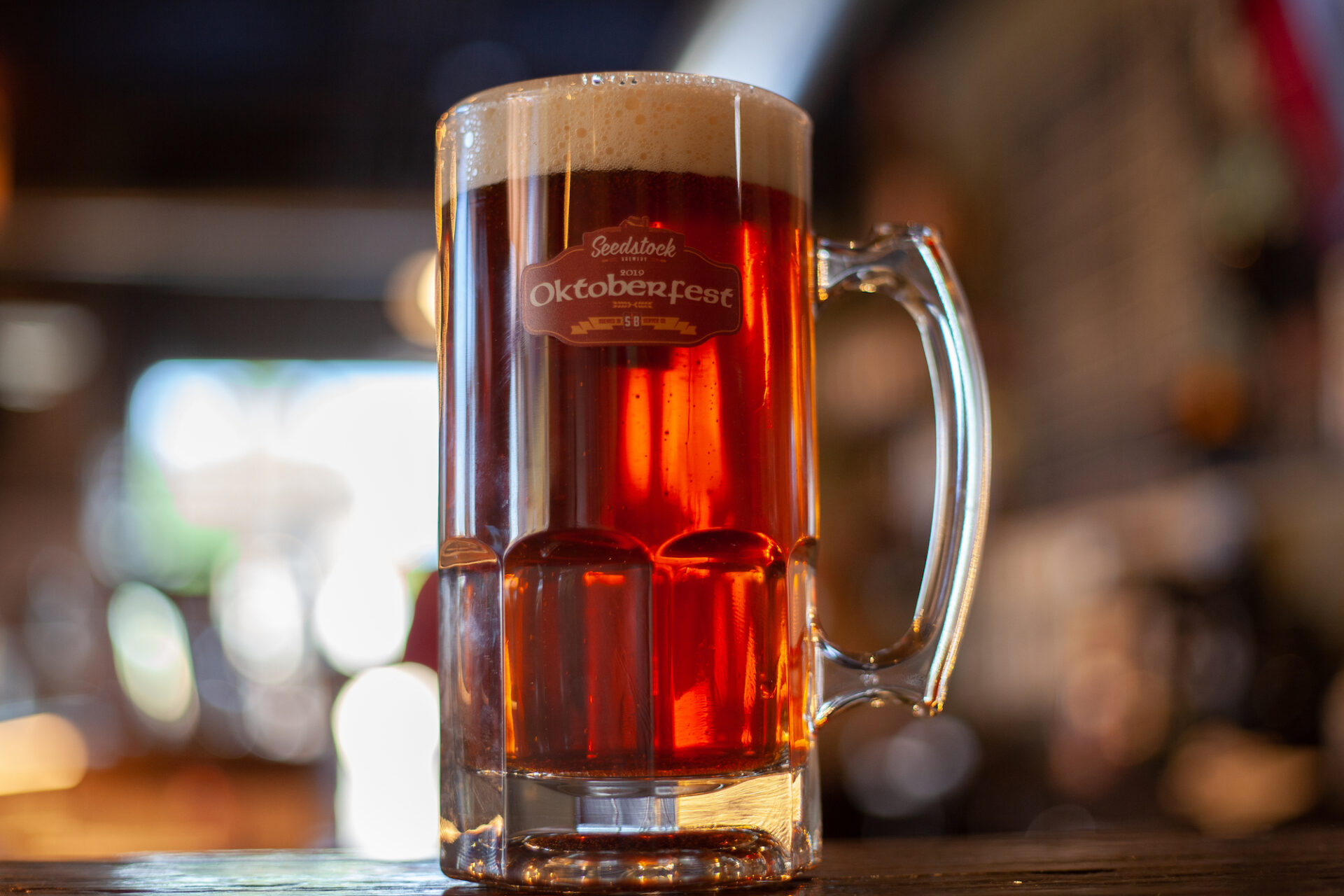The Story Behind Oktoberfest + A Festive Brew to Celebrate the Season | By Ron Abbott
Taste Test – By Lexi Reich
The History
The festival originated on October 12, 1810, as a public celebration of the marriage of the crown prince of Bavaria, who later became King Louis I, to Princess Therese von Sachsen-Hildburghausen. The festival was open to the public, a rarity, and concluded five days later with a horse race, a 15th century tradition to honor newlyweds. Attendees were so in love with the celebration that they decided to make the celebration an annual event, and this launched the beloved Barian holiday of Oktoberfest. It quickly evolved to include massive beer halls, parades, agricultural fairs, games and eventually amusement rides, and so much more throughout the two weeks.
The Brews
Similar to how the paloma, not the margarita, is the most popular drink in Mexico, an Oktoberfest beer (also called a marzen) is not the most popular beer in Munich during Oktoberfest season — it’s the Special Hell (often called Festbier). Its rich malty aroma is balanced by a slight cracker sweetness that, rather than filling you up, leaves you wanting more. I tasted this beer for the first time at the Andechs Monastery in Germany nearly 10 years ago. Though Special Hells are rarely seen in the U.S., it’s one of my favorite beers.
The Games
Long before the trend of ax throwing, there was hammerschlagen. The game is simple: players compete to hammer nails into a circular wood surface. Players typically must flip the hammer in the air before striking their opponents’ nails; the player with the last nail standing wins. In Hammerschlagen (German for hammer strike, a nod to its supposed Bavarian origins), each player strikes his own nail. The task demands strength, dexterity, focus and a lot of beer.
Other fun facts: The arc of hammer swing can be no higher than the players ear, while men are only allowed to use one hand, though ladies have the option of using two hands. To win, the nail must be flush or below the surface of the wood.
Photos courtesy of Seedstock.
 Ron Abbott is the co-owner of Seedstock Brewery in Denver. This year, they hosted a socially distant celebration where traditional Marzen-style Oktoberfest beer and Special Hell were on tap.
Ron Abbott is the co-owner of Seedstock Brewery in Denver. This year, they hosted a socially distant celebration where traditional Marzen-style Oktoberfest beer and Special Hell were on tap. Naturally caffeine-free and filled with adaptogens superfoods, the Turmeric Milk Mix will nourish your whole self. It [...]

Subscribe to Our Tribe
Stay up to date with Y+L News, Events and special announcements.










